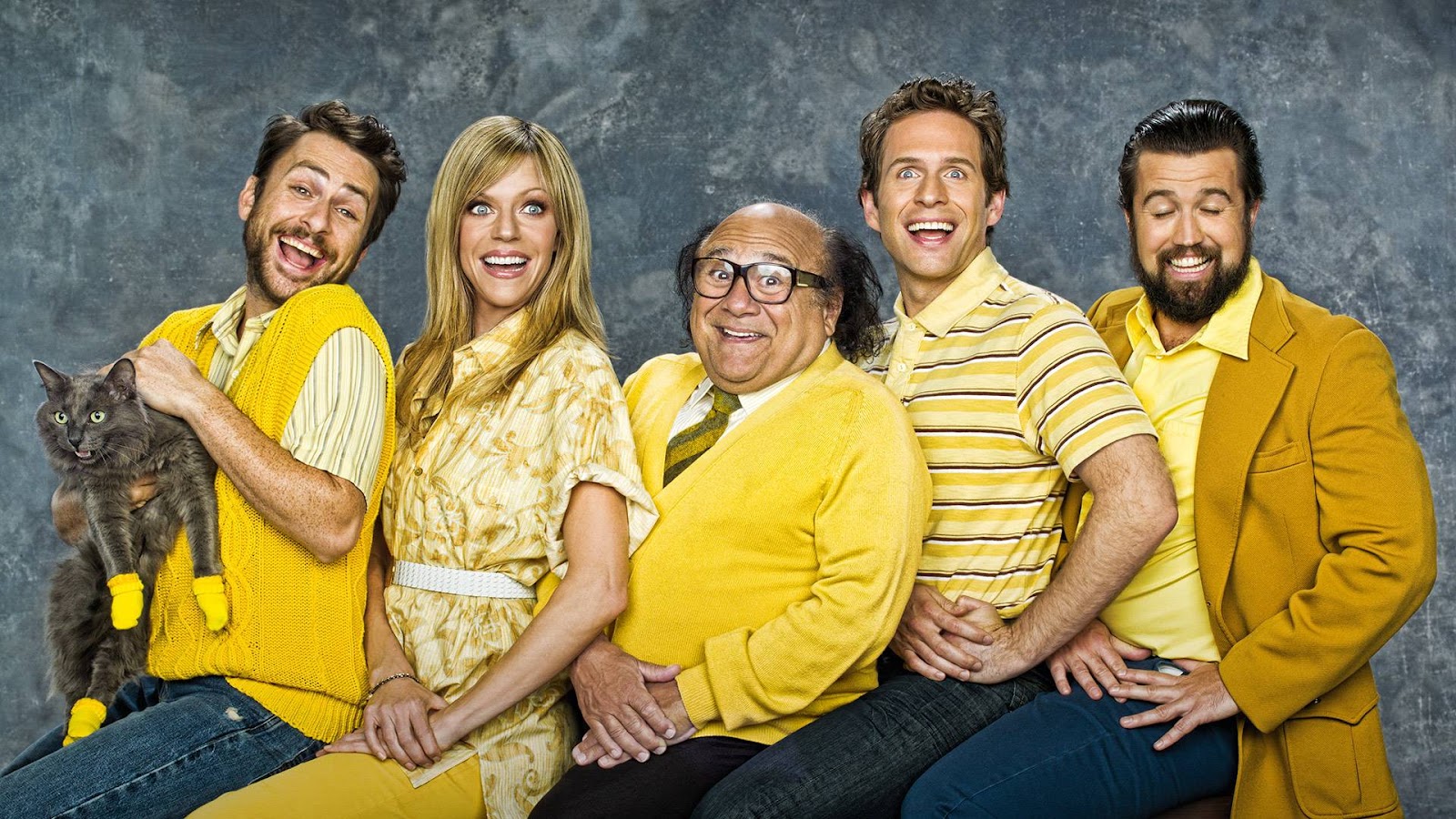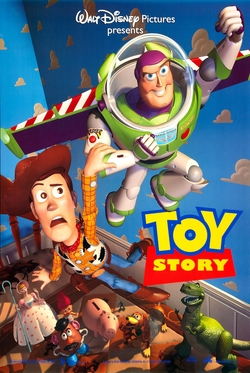"Space: the final frontier. These are the voyages of the Starship Enterprise. Its five-year mission: to explore strange new worlds, to seek out new life and new civilizations, to boldly go where no man has gone before." -Captain James T. Kirk, played by William Shatner, Star Trek's opening lines
 |
(left to right) Montgomery "Scotty" Scott, Pavel Chekov, Leonard "Bones" McCoy,
Nurse Chapel, James T. Kirk, Uhura, Spock, Hikaru Sulu |
It is no surprise that sci-fi (science fiction) became the genre of the decade in the turn of the 1960s. Riding high off of the Allied victory in World War II, America experienced incredible financial prosperity—the scale of which has never been seen before or since. New, shocking inventions were being made every day to revolutionize the average American's life, including the microchip, internal pacemaker, the laser, and the first video game console. President Kennedy had made the bold declaration that man would make it to the moon by the end of the decade, and America collectively looked up to the stars with hope and idealism.
 |
| Gene Roddenberry |
Gene Roddenberry inherited a world of Westerns in the 1960s when he began to pitch his new television series, Star Trek. The words for a television show like this did not exist, yet, and he had to pitch the adventure-based show as a "wagon train to the stars." Star Trek was launched on September 8, 1966, and ran until June 3, 1969, after only three seasons. It focused on a crew of spacefarers on the U.S.S. Enterprise, led by the dashing Captain James T. Kirk, First Officer S'chn T'gai Spock, and Chief Medical Officer Leonard "Bones" McCoy. The show was cancelled on NBC due to low ratings, that today in a modern cable world, would be considered a smash success. The show, although no one knew it yet, would become one of the most enduring pop-culture phenomena that the world would ever see. (This is seen most plainly in the proliferation of the show's most popular misquoted line ("Beam me up, Scotty") which is never quoted in the show's run.) However, Roddenberry would use Star Trek as a way of critiquing the culture of the 1960s including the Vietnam War, sexism, and racism.
The show prominently featured people of color, in a time and place when it was taboo. Notably, Lieutenant Uhura was the first Black woman on network TV that was not a maid or secretary. Nichelle Nichols, her actress, who would roll her eyes at the nerdy script material every week, intended to leave the show until Reverend Martin Luther King, Jr. (who wanted to get on set as her "biggest fan") approached her and told her it was the only TV show he allowed his children to stay up late to watch.
In 1968, Gene Roddenberry wrote, "Intolerance in the 23rd Century? Improbable! If man survives that long, he will have learned to take a delight in the essential differences between men and between cultures. He will learn that differences in ideas and attitudes are a delight, part of life's exciting variety, not something to fear. It's a manifestation of the greatness that God, or whatever it is, gave us."
 |
| Kirk in a Very Shiny Shirt in "Mirror, Mirror" |
The show was by no means perfect and leaned into sexist stereotypes and misogyny weekly. The writers would often try to minimize the strides that the show was taking, and William Shatner (Kirk) was a Grade-A bully who despised his co-stars. However, it became one of the first accessible mediums of Black, Asian, female, and Jewish representation in American media, where their identity is not their character. It does not seem like much to a modern audience, but this was revolutionary for the insulated and conservative world of the 1960s.
Roddenberry's creativity in making the show cannot be understated. As a science fiction fan since middle school, Roddenberry used the concept of integration that we discussed in class. Specifically, Gene Roddenberry easily fits some of Sternberg's (1984) personality traits linked to creativity: integration and intellectuality, lack of conventionality, aesthetic taste and imagination, and perspicacity. Not only did Roddenberry use Star Trek as a way to challenge norms, but he also created a lush and inspiring world by integrating science fiction ideas and imagery into one cohesive unit.
The show delighted in its nerdiness and even predicted incredible inventions that had no fundamental basis in the '60s. It predicted cellphones, video chat, medical scanners, and most notably, the year of the moon landing.
 |
(left to right) Leonard Nimoy, director Robert Wise, (back) Gene Roddenberry
DeForest Kelley, William Shatner on set of The Original Series |
Roddenberry's creativity was a method of expressing himself and his beliefs. His process of creative integration to create new ideas demonstrates his devotion and admiration for the genre of science fiction. This way of using creativity to assert individuality and admiration for a genre is essential to understanding both Roddenberry and Star Trek.
At the core of it, the show is about humanity—how emotion and logic rule us, and how we are expected to treat others. The show has a respect for the "other," but dreams of a world where there are no "others." In Gene Roddenberry’s words, it’s about hope.
“I believe in humanity. We are an incredible species. We’re still just a child creature, we’re still being nasty to each other. And all children go through those phases. We’re growing up, we’re moving into adolescence now. When we grow up — man, we’re going to be something!”
 |
Star Trek: The Original Series Cast (left to right)
Nichelle Nichols (Uhura), Leonard Nimoy (Spock),
William Shatner (Kirk), DeForest Kelley (Bones),
Walter Koenig (Chekov), James Doohan (Scotty) |
(My favorite fact about this show is this: Often in the show, doors "swoosh" open when people leave or enter a room on the Enterprise. Obviously, the technology for this to happen automatically did not exist in the '60s, so two stagehands had to sit in the wall and pull the two halves of the door apart manually. The cast had to walk at these doors at full speed, as if they had confidence that the doors would open, but because the stagehands were in the wall, they would often miss their cues. This meant that the cast would throw themselves at closed doors and absolutely wipe out quite frequently. There is a smash cut of Kirk specifically ramming into doors that gets played at conventions, in which he curses his brains out and bounces off of doors into Spock. It's hilarious, but I could only find this one: https://youtu.be/FMX9ZAD_h3g. This is a problem that lasts throughout the adaptions, including the 2008-2016 Star Trek: Alternate Original Series, and it makes me very happy.)































